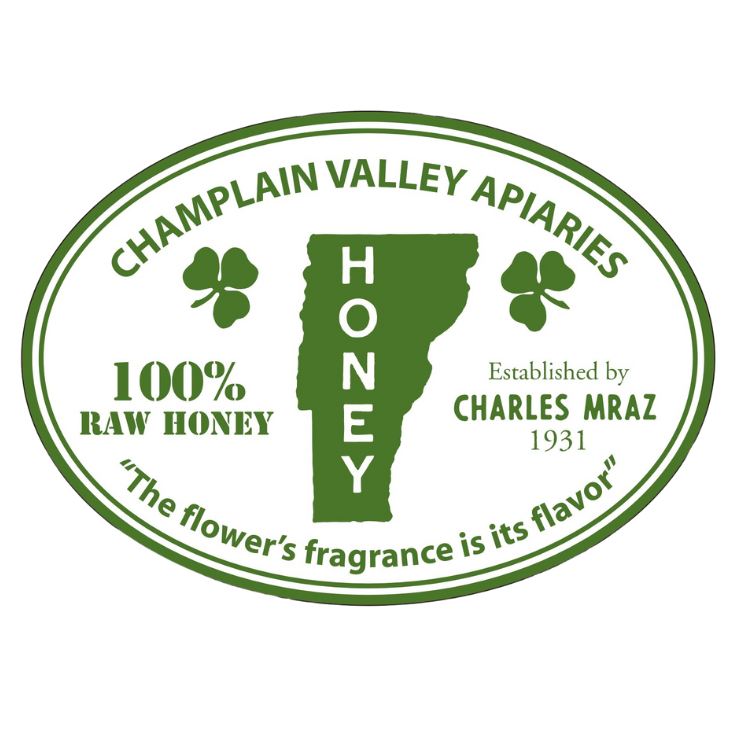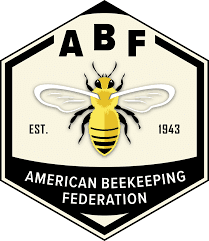
"Africanized" Honeybees
In recent years the terms “killer bees” and “Africanized honeybees” have become much more prevalent, with newspaper articles painting pictures of an invasion of aggressive, blood-lust bee taking over neighborhoods and terrorizing kids and pets.
But “Africanized” honeybees are seriously misunderstood pollinators and the truth is much more nuanced. Let’s explore what Africanized honeybees really are, how they’ve been misunderstood, and how the language used to describe them reflects broader biases in science and media.

What are Africanized Honeybees and Other Subspecies?
The Africanized honeybees we hear about in the U.S. are the subspecies of honeybee Apis mellifera scutellata, or the East African Lowland honeybee, typically found in central and eastern Africa.Apis mellifera scutellata was introduced to Brazil in the 1950s and bred with other honeybees in an attempt to breed a more productive honeybee in warmer climates.
However, the narrative around Africanized honeybees gets murky here. They are often painted as aggressive invaders, taking over honeybee colonies in North America and the U.S. But in reality, all honeybees are not native to North America. They are native to Africa and Europe and were brought to the New World by Europeans centuries ago.
Additionally, there are roughly 28 different subspecies of honeybees (Apis mellifera) recognized. From Apis mellifer artemisia (Russian honeybee) to Apis mellifera simensis(Ethiopian honeybee) to Apis mellifera jementica(Arabian honeybee), there are dozens of subspecies across Africa, Europe and Western Asia that have developed due to geographic separation from other honeybee populations.

“Killer bees?” Or... Racist Undertones?
The term “Africanized” may sound neutral, but its use in this context is steeped in colonial and racial narratives. Using the phrase “Africanized” perpetuates fear of “the other” and becomes synonymous in the media with danger and chaos. This narrative is not just about bees—it is a metaphor for racialized fears about invasion and loss of control. Historically, Western science has often framed African or non-European species, environments, and cultures as inferior and dangerous.
It is important to note that when referring to the East African lowland honeybee, we use the term “Africanized,” as opposed to simply African honeybee. We don’t use the term “Italianized” or “Russianized” honeybee when referring to Italian or Russian honeybees. What kind of message and precedent is this sending?

Beyond the Hype
In reality, African honeybees are slightly more aggressive than some subspecies, but all subspecies of honeybees have their pros and cons and slightly different personalities. African honeybees are actually preferred in many tropical places, like in Puerto Rico because they're hardy in tough climates, efficient foragers, and excellent honey producers.

Reframing the Narrative
The language used when describing this subspecies—especially the emphasis on “African” as something wild, dangerous, or uncontrollable—has deep racial undertones that we need to talk about. It continues to reinforce stereotypes that belong in discussions about biology or ecology.
The next time you hear “killer bee,” think critically. Are we talking about bees, or are we projecting something else entirely?
What to learn more? Check out these links for more information.
https://figshare.com/articles/presentation/Why_the_term_Africanized_bees_is_problematic_in_a_racist_society/12735452?file=24105488
https://www.youtube.com/watch?v=q0tmEEIXVy0
https://bygl.osu.edu/node/2431








